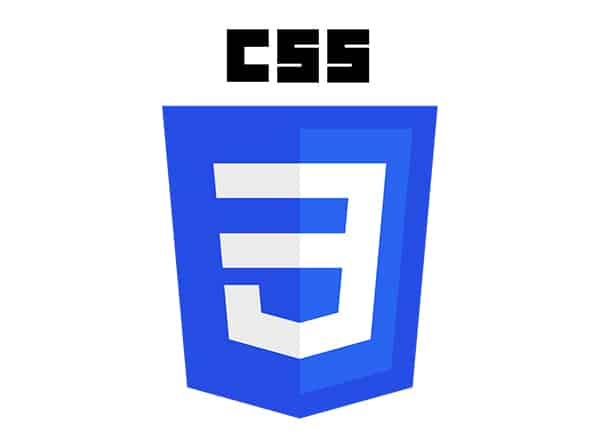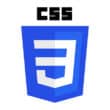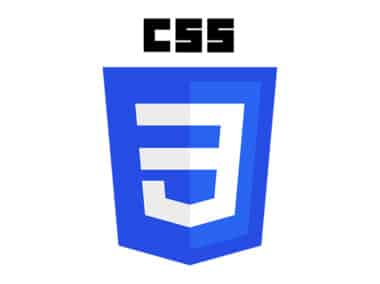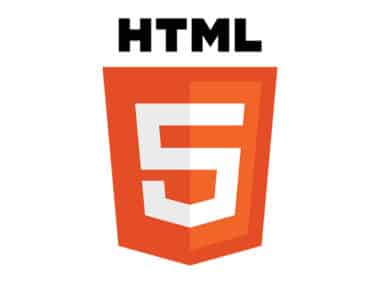Transitions and Animations are powerful tools in CSS that can add dynamic effects to web pages. They allow you to create engaging and interactive user experiences by animating elements on your website. In this document, we will explain how to use CSS to add transitions and animations to web pages.
Transitions
CSS transitions allow you to change property values smoothly over a specified duration. You can use transitions to change the style of an element when a user interacts with it. For example, you can change the background color of a button when a user hovers over it.
The transition property is used to specify the property that is to be transitioned, the duration of the transition, and the easing function used to control the acceleration of the transition. The syntax for the transition property is as follows:
transition: property duration timing-function delay;
- property: The CSS property to which the transition effect is applied.
- duration: The duration of the transition effect in seconds or milliseconds.
- timing-function: The easing function used to control the acceleration of the transition.
- delay: The delay before the transition effect starts.
For example, the following CSS code will add a transition effect to the background color of a button:
button {
background-color: blue;
transition: background-color 0.5s ease;
}
button:hover {
background-color: red;
}
In the above code, the background color of the button will change smoothly from blue to red over a duration of 0.5 seconds when the user hovers over the button.
You can also use transitions to create more interesting effects, like animating the size or position of an element.
Animations
CSS animations allow you to create more complex and dynamic effects on web pages. Animations are created using keyframes, which define the styles that an element should have at specific points during the animation.
The animation-name property is used to specify the name of the animation, and the animation-duration property is used to specify the duration of the animation. The animation-timing-function property is used to specify the easing function used to control the acceleration of the animation.
The syntax for creating an animation in CSS is as follows:
@keyframes animation-name {
0% {
/* CSS styles for the element at the start of the animation */
}
50% {
/* CSS styles for the element midway through the animation */
}
100% {
/* CSS styles for the element at the end of the animation */
}
}
.element {
animation-name: animation-name;
animation-duration: duration;
animation-timing-function: timing-function;
}
In the above code, keyframes are defined using the @keyframes rule, and the animation is applied to an element using the animation-name, animation-duration, and animation-timing-function properties.
For example, the following CSS code will add a bouncing animation to a ball:
@keyframes bounce {
0% {
transform: translateY(0);
}
50% {
transform: translateY(-50px);
}
100% {
transform: translateY(0);
}
}
.ball {
animation-name: bounce;
animation-duration: 0.5s;
animation-timing-function: ease;
}
In the above code, the bounce animation is defined using keyframes, and is applied to a ball using the animation-name, animation-duration, and animation-timing-function properties.
You can use animations to create more complex and engaging effects on your website. For example, you can create a loading animation or an animated menu.
Conclusion
In conclusion, CSS transitions and animations are powerful tools that can add dynamic effects to web pages. By using the transition and animation properties, along with keyframes, you can create complex and engaging user experiences on your website. With the ability to animate almost any element on your page, the possibilities are endless.




